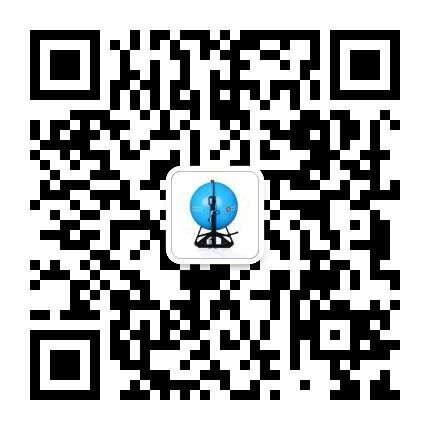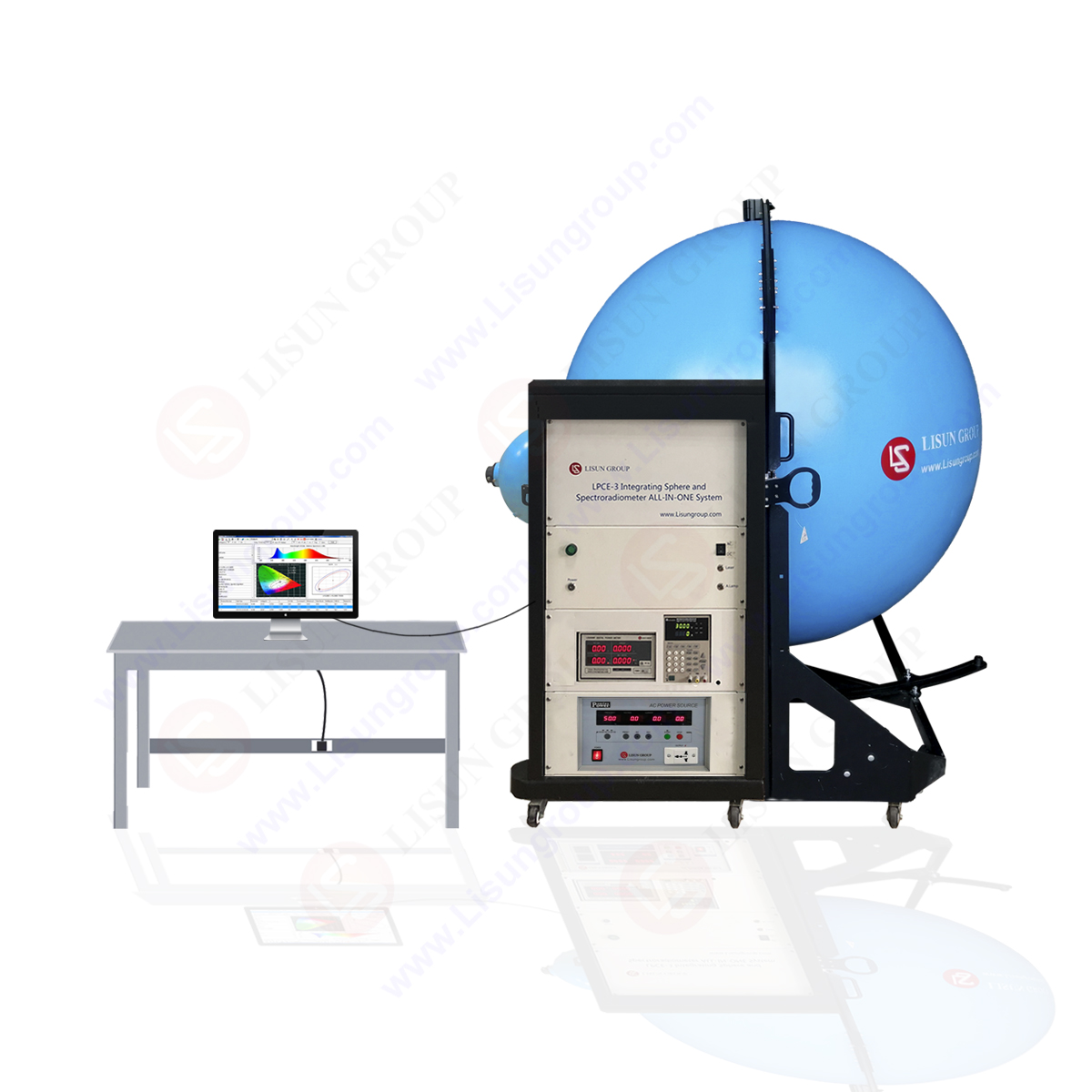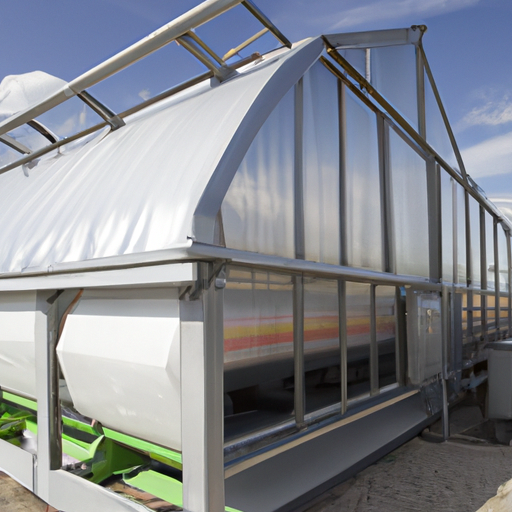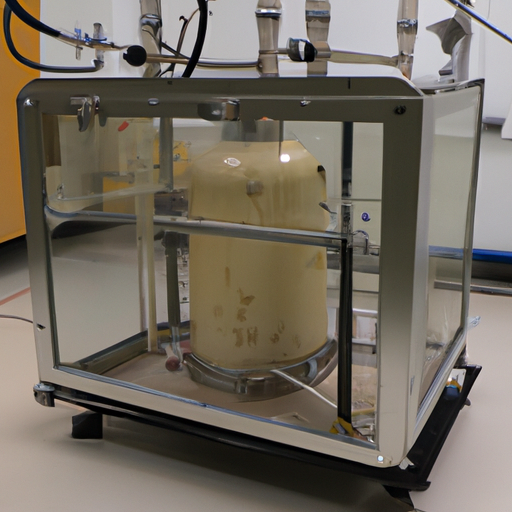In recent years, the LED market has been expanding, which is attributed to the unique characteristics of LED solid-state lighting products, such as good luminous efficiency, long service life and high reliability .Therefore, LED solid-state lighting products are increasingly favored by the market and consumers. But at the same time, because of the fast response speed of LED and the lack of thermal inertia and afterglow effect of traditional lamps, the LED is deeply affected by the current fluctuation, which directly affects the output of light flux.
The flicker of light source is the external reflection of the change of light flux. Therefore, the flicker of LED lighting products has attracted people’s attention. In this regard, on December 14, 2012, the European Union (EU) officially issued regulation NO. 1194/2012 in its official gazette, “implementation details of directive NO. 2009/125/EC of the European parliament and the European council on ecological design requirements for directional lights, LED lights and related equipment”. According to the European commission (EC) regulation NO244/2009 issued on March 18, 2009,the European parliament and the European council directive 2005/32/EC on the implementation of ecological design requirements for nondirectional household lamps, so far the eu has formed a complete mandatory ecological design requirements for LED lamps. Start-up time and rise time, as two indexes of functional requirements, are paid more and more attention by manufacturers in the industry.
We just talked about the flicker effect of LED lighting, but most of people don’t know what it means. The essence of light source flicker is the fluctuation of light flux. Driven by ac or pulse dc, the light flux, illuminance or brightness of the light source change correspondingly with the periodic change of current amplitude. Human eyes and human brains react subjectively to this change. Usually, Flicker can be divided into Visible Flicker and Invisible Flicker according to people’s feelings. When the frequency is more than 100Hz, the human eye cannot feel the flicker phenomenon, but it will still cause eye fatigue, headache, etc. This is the yan shan effect, which is generally believed to exist within 500Hz. For this purpose, ENERGY STAR lamps V1.0 draft 4 specifies the conditions for flickering used for all lamps and lanterns in the dimming performance requirements.
As shown in the figure below:
The allowed range of light source flicker is:
1.The frequency is not less than 120Hz;
2.F1<0.001 X frequency within the frequency range of 120hz-800hz
3.There is no requirement for F1 when the frequency is greater than 800Hz;
4.If the frequency is uncertain, PF<30%;
In addition, the output frequency of compact fluorescent light should be 20-30khz, or greater than 40KHz.
The essence of light source flicker is the instability of light flux. When detecting the fluctuation of light source with time, the change curve of brightness can be tested, and the change curve of light flux or illumination can be tested under the same conditions. ENERGY STAR (V1.0) specifies the measurement requirements of flicker:
1.Power supply and measuring instruments shall meet LM-79-08 requirements;
2.Multi-channel oscilloscope with storage function, and attenuation probe can be added when necessary. The sampling rate is greater than 2kHz and the sampling time is greater than 100ms.
3.Photometric probe, V(in)correction, and the corresponding time should meet the requirements;
4.For absolute photometry :to measure the absolute value ,a sphere of integration Is required;
For relative photometry: ensure that the detector is able to measure relative light output and only receives light from the light to be measured.
5.Before measurement, the compact fluorescent lamp shall be aged for 100 hours, and it shall be preheated before measurement. LED lights do not need to be old, the ambient temperature is 25+/-5 degrees.
In order to meet the EU Erp energy efficiency index requirements, as well as IEC60969S self-ballasts for general lighting safety requirements and energy star requirements, LISUN finally developed LSRF-2 lamps start, rise time and flicker test system, in order to meet the LED lamps start time, rise time instrument strobe flash test requirements.
Lisun Instruments Limited was found by LISUN GROUP in 2003. LISUN quality system has been strictly certified by ISO9001:2015. As a CIE Membership, LISUN products are designed based on CIE, IEC and other international or national standards. All products passed CE certificate and authenticated by the third party lab.
Our main products are Goniophotometer, Spectroradiometer, Integrating Sphere, LED Test Instruments, CFL Test Instruments, Photometer and Colorimeter, EMC & EMI Testing, Surge Generator, Electrical Safety Testing, Environmental Test Chamber, IP Waterproof Test Equipment, Dustproof Test Chamber, High and Low temperature Humidity Chamber, Plug and Switch Testing, AC and DC Power Supply.
Please feel free to contact us if you need any support.
Tech Dep: Service@Lisungroup.com, Cell/WhatsApp: +8615317907381
Sales Dep: Sales@Lisungroup.com, Cell/WhatsApp: +8618917996096

 中文简体
中文简体






